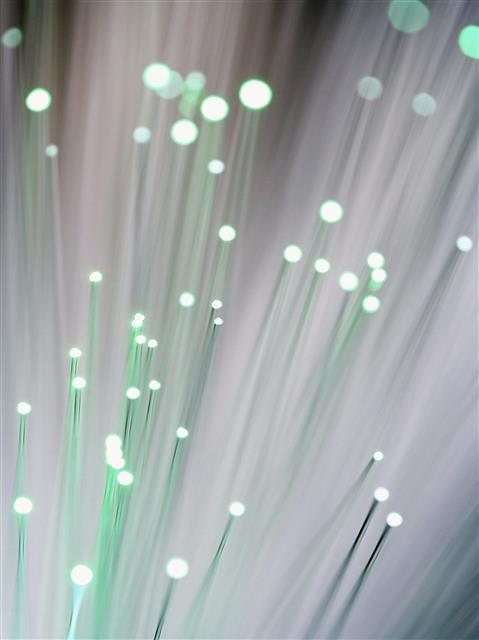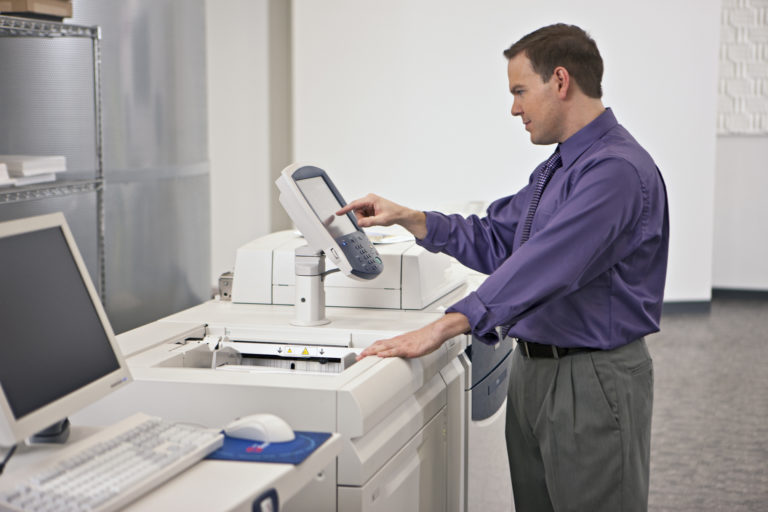Written by Heidi Tolliver-Walker
Print Industry Consultant

It’s finally out. After months in the making, “State of 3D Printing in the Commercial Printing Industry: 2014” is finally done. (Available for download at no charge by XPPGN members from my area of the XPPGN portal.) As with all technologies, there are benefits and drawbacks to 3D printing. The report looks at both as they relate our industry.
Here, let’s look at 7 of the benefits.
1. Reframing customer perception (i.e. “the cool factor”).
Just having a 3D printer on the floor makes you cooler than you were before. For very little money, 3D printing changes customer perception about your leadership as related to new technology.
2. Broadened product line.
A broadened, more diversified product line means more offerings to draw in customers, especially when you are offering something your competitors are not (at least not yet).
3. Natural upgrade path for certain customers.
Having 3D printing gives you a natural “in” (or upgrade path) with customers who are already doing 3D printing at home or at work. They might not need your services now, but once they start pushing the envelope, they likely will.
4. Ability to reach deep into other areas of a customer’s business you might not otherwise have access to.
By virtue of diving deeper into the business, some printers see 3D printing as way to create new opportunities for discussions around complementary services or technologies they might offer. This can potentially increase their share of the customer. For example, by winning a construction company’s 3D scale model business, might you win its large-format business for its plans and drawings, too?
5. Ability to win print business from 3D-printing-first customers.
Once a customer is in your shop for 3D printing, this opens opportunities to engage them in conversation about other areas of their business, such as marketing, you might be able to provide.
6. Create a need for marketing support.
3D printing creates new excuses and opportunity for marketing. If you are helping customers develop salable 3D-printed products, for example, those products need to be marketed. As the supplier of the 3D products, you become the natural source for the marketing support, too. 3D printing also provides an opportunity to create unusual and highly effective response incentives for marketing campaigns (Lots of detail on this in the report).
7. Ability to use the technology for in-house uses, such as self-promotion and parts development.
The ability to design and replace even a single hard-to-get part can enable the machine to pay for itself. One print manufacturer, for example, was able to print a no-longer-manufactured part for its platesetter. This saved the company $10,000 in having to buy a new unit.
For details on these benefits, as well as a host of other information on 3D printing in the commercial printing industry, download your free copy of the report.
If you own a 3D printer and are willing to share your thoughts about why you purchased it and how you are using it, please feel free to leave a comment on this blog!
6 Comments
Comments are closed.




Adding the final dimension to your offering as a PSP is simply too tempting. Some of our 2D customers will want to try our 3D offerings and the other way around. From 2 to 3 is a natural progression.
Toon
Especially if customers are coming to you with finished, printable 3D files. The cost of the equipment is low enough that there is no reason not to offer output services, and unless you are a very, very small shop, the capital expense won’t break you.
Thank you for good article. Any solution that you can suggest for new biz owner to have 3D printing? Xerox solutions are also ok..
Are you looking for equipment solutions or applications? If applications, my report “State of 3D Printing in the Commercial Printing Industry: 2014” is available at no charge on my area of the XPPGN portal. If equipment solutions, we most commonly see printers investing in printers from Stratysys, 3D Systems, and Makerbot. They are solid entry-level and mid-level systems that will get you into the market without breaking the bank.
Thank you for this article.
As I exposed in a recent event:
1) Before year 1998, the graphic industry just could RE-PRESENT the 3D reality but in 2D.
2) After year 1998, the graphic industry can RE-PRODUCE the 3D reality in real 3D
3) Nothing in the universe has just 2 dimensions: From the littlest elemental particle to the biggest star, all the material things in the known universe are three-dimensional realities
4) Bearing in mind the above, the natural evolution of the graphic industry is to expands towards the 3rd dimension
Anyway, let us see what happens during next Drupa: As far as I know, Agfa, Konica Minolta and Ricoh are offering 3D Printers in United States, and Ricoh will also start to offer 3D Printers this year in Europe.
Kind regards,
David del Fresno
Yes, let’s see. I believe that, unless vendors start presenting 3D printing as a solution that will drive their existing business models (rather than requiring them to move into entirely new lines of business), I think it might be a long, long time before we see significant penetration into this market. Printers aren’t going to be able to compete with the very well established players already entrenched in this market. Printers need to embrace the technology in a way that has a unique benefit to this industry — not just as a “me too” service.